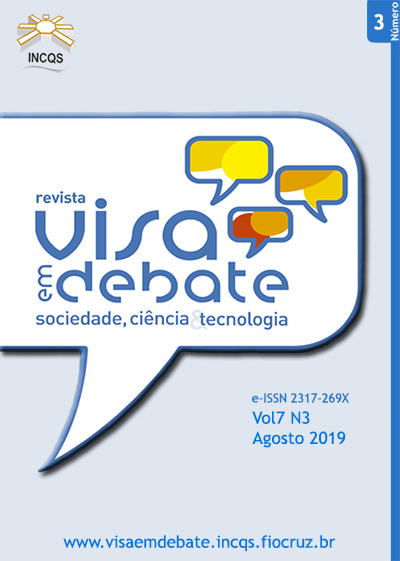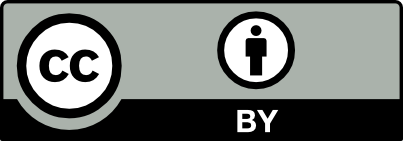Detection of parasites in Alaska walleye pollock (Gadus chalcogrammus Pallas, 1814) fillets marketed in São Paulo, Brazil
DOI:
https://doi.org/10.22239/2317-269X.01304Keywords:
Fish, Gadus chalcogrammus, Theragra chalcogramma, Public Health Surveillance, Food SafetyAbstract
Introduction: Walleye pollock is the most caught fish worldwide and has been imported by Brazil as frozen fillets. This fish has its own parasitic fauna; however, the presence of parasites in the musculature may cause implications for food safety and repulsiveness. Objective: This work aimed to investigate and report the presence of parasite groups in commercial samples of frozen fillets of walleye pollock concerning the potential risk to human health and control methods. Method: A total of 44 samples of frozen fillets of walleye pollock collected from the retail trade of the metropolitan area of São Paulo were analyzed and the larval forms were isolated by dissection and observed under a stereoscopic and optical microscope. Results: One hundred thirty-three dead parasites were found from 68% of the samples. Trypanorhyncha cestodes were detected more frequently (88%), followed by nematodes from the anisakid group (Anisakidae/Raphidascaididae) (11%) and acanthocephalan (1%). Among them, anisakid has zoonotic potential, if ingested alive, and allergenic potential even after thermal processing. Conclusions: This is the first report of the presence of parasitic forms in commercial samples of walleye pollock fillets and the results alert to the need for improvements in relation to Good Practices in the production chain and the need for greater attention on the allergenic potential related to the consumption of these parasites on frozen fish fillets.
Downloads
Downloads
Published
Issue
Section
License
Copyright (c) 2019 Health Surveillance under Debate: Society, Science & Technology (Vigilância Sanitária em Debate: Sociedade, Ciência & Tecnología) – “Visa em Debate”

This work is licensed under a Creative Commons Attribution-NonCommercial-NoDerivatives 4.0 International License.
COPYRIGHT ALLOWANCE The author (s) hereinafter designated as the ASSIGNOR hereby assign and transfer, free of charge, the ownership of the copyrights related to this ARTICLE to the Vigilância Sanitária em Debate: Sociedade, Ciência & Tecnologia (Health Surveillance under Debate: Society, Science & Technology) – Visa em Debate, represented by FUNDAÇÃO OSWALDO CRUZ, established at Av. Brasil, nº 4365, Manguinhos, Rio de Janeiro, RJ, Brazil, CEP 21045-900, under the conditions set out below: (a) The terms and conditions set forth in this Agreement shall apply to the following: 1. The ASSIGNOR declares that they s(he) is (are) the author (s) and owner (s) of the copyrighted property of the ARTICLE submitted. 2. The ASSIGNOR declares that the ARTICLE does not infringe the copyrights and / or other property rights of third parties, that the disclosure of images (if any) has been authorized and that they s(he) assume(s) full moral and / or property liability for its content, before third parties. 3. THE ASSIGNOR assigns and transfers all copyrights relating to the ARTICLE to the ASSIGNEE, especially the rights of editing, publication, translation into another language and reproduction by any process or technique. The ASSIGNEE becomes the exclusive owner of the rights related to the ARTICLE, and any reproduction, totally or partially, is prohibited in any other means of publicity, printed or electronic, without prior written authorization from the ASSIGNEE. 4. The assignment is free and, therefore, there will be no remuneration for the use of the ARTICLE by the ASSIGNEE.







